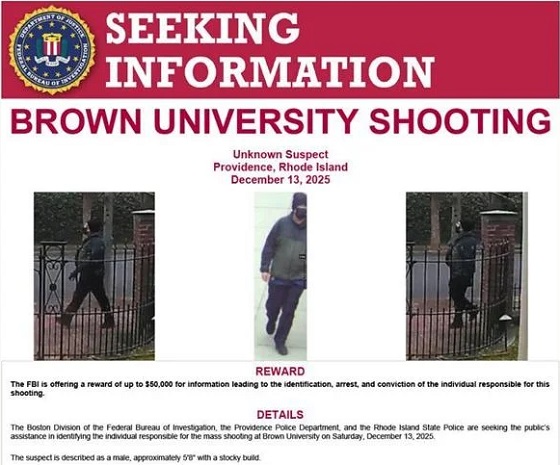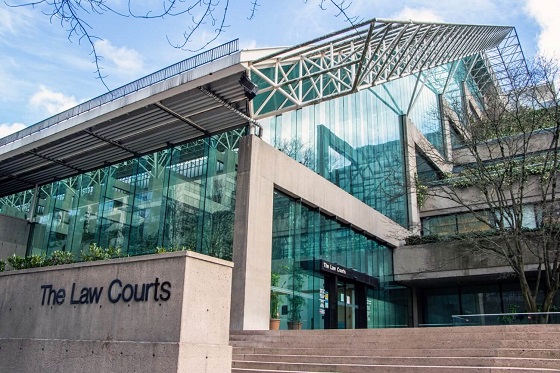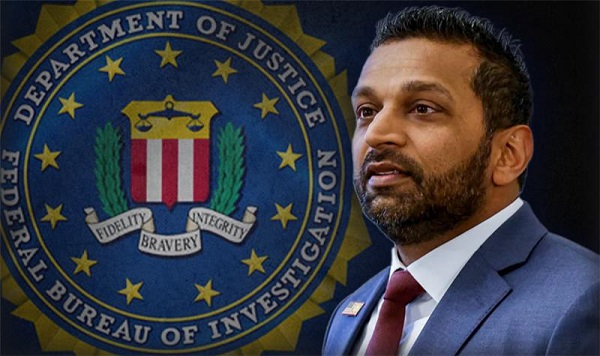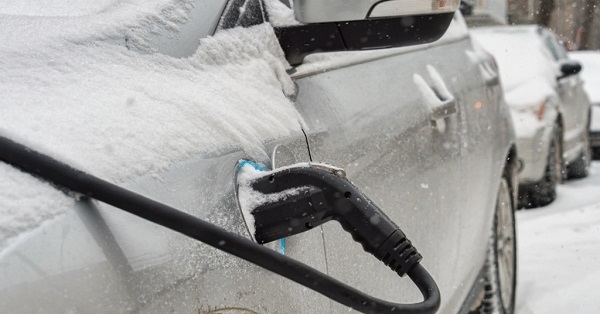Crime
BC Fentanyl Ring ‘Negotiated’ With Sinaloa Chief ‘El Mayo,’ Court Filings Allege

 Sam Cooper
Sam Cooper
A new high-profile British Columbia money laundering case targets an alleged Sinaloa Cartel–linked fentanyl and cocaine trafficking cell established in a mansion near the U.S. border. Court filings say the group was capable of negotiating significant cocaine importation deals with Ismael Garcia—known as “El Mayo”—the reputed Sinaloa Cartel chief.
According to the filings, the Canada-based syndicate comprised at least three men, including Hector Chavez-Anchondo. The lawsuit, filed yesterday by the Director of Civil Forfeiture, contends that they belonged to a violent drug trafficking organization that “used and continues to use violence, or threats of violence, to achieve its aims.”
Investigators allege that the Sinaloa Cartel-linked gang trafficked a range of controlled substances, including ketamine, methamphetamine, Xanax, oxycodone, MDMA, and fentanyl.
“As part of these efforts, the drug trafficking organization has agreed to, and made arrangements to, purchase cocaine from the Cártel de Sinaloa in Mexico,” the filings say. They add that “the Sinaloa Cartel is a terrorist entity, and the government of Canada listed it as such on February 20, 2025.”
Though no criminal convictions have been reported in connection with this lawsuit—first covered by the Vancouver Sun—Canada’s designation of the Sinaloa Cartel as a terrorist organization could have significant ramifications for high-level discussions between the Trump Administration and Ottawa. Washington has intensified pressure on Canada over alleged failures to curb fentanyl trafficking networks, with the dispute escalating into sweeping tariffs amid a mounting trade war.
According to the Royal Canadian Mounted Police, members of the Surrey-based fentanyl and cocaine trafficking network had the clout to negotiate cocaine supply terms directly with García until his arrest by U.S. law enforcement on July 25, 2024. Court filings state that his capture “disrupted the DTO’s efforts to import and distribute cocaine in Canada,” forcing the group to pivot and initiate “negotiations with other parties, known only to the DTO members.”
RCMP investigators say they uncovered a substantial cache of weapons and narcotics during a search of a Surrey property on 77th Avenue on September 23, 2024. The multi-million-dollar mansion is located about 20 minutes from the Peace Arch border crossing in Washington State, north of Seattle.
Court submissions detail the following seized items:
- Firearms: Twenty-three weapons, including ten handguns, two sawed-off shotguns, two hunting rifles, seven assault rifles (two reportedly equipped with screw-on sound suppressors), and a speargun.
- Drugs: Approximately 3.5 kilograms of ketamine and methamphetamine concealed in a hidden compartment in one suspect’s room, hundreds of counterfeit alprazolam pills, and a hidden stash of oxycodone pills.
- Currency: Nearly CAD 15,000 in cash, bundled “not consistent with standard banking practices.”
Authorities also confiscated numerous luxury assets, asserting these represented either instruments or proceeds of unlawful activity. In a filing submitted today, a lawyer for the Director of Asset Seizure wrote:
“There is a triable question as to whether the Vehicles, the Motorcycles, the Azure Boat, the Trailer, the Money, the Jewellery, and other Valuables and Electronic Devices are either instruments or proceeds of unlawful activity. Drug trafficking is a cash business. Persons involved in illegal drug activity frequently carry large sums of cash, either to purchase drugs or as proceeds from drug sales. Currency itself can be an instrument of unlawful activity, facilitating further drug transactions.”
Seized vehicles included a 2006 GMC Sierra, a 2002 Ford F350, a 2006 Land Rover, a 2018 Dodge Ram 1500 Sport, a 2006 Dodge Charger R/T, and a restored 1950 vintage Ford. Investigators also confiscated upscale motorcycles, such as a 2012 Harley Davidson and custom bikes featuring elaborate flame motifs. An Azure AZ238 boat, along with its Shoreland’r trailer, was taken as well.
more to come
The Bureau is a reader-supported publication.
To receive new posts and support my work, consider becoming a free or paid subscriber.
Crime
Brown University shooter dead of apparent self-inflicted gunshot wound

From The Center Square
By
Rhode Island officials said the suspected gunman in the Brown University mass shooting has been found dead of an apparent self-inflicted gunshot wound, more than 50 miles away in a storage facility in southern New Hampshire.
The shooter was identified as Claudio Manuel Neves-Valente, a 48-year-old Brown student and Portuguese national. Neves-Valente was found dead with a satchel containing two firearms inside in the storage facility, authorities said.
“He took his own life tonight,” Providence police chief Oscar Perez said at a press conference, noting that local, state and federal law officials spent days poring over video evidence, license plate data and hundreds of investigative tips in pursuit of the suspect.
Perez credited cooperation between federal state and local law enforcement officials, as well as the Providence community, which he said provided the video evidence needed to help authorities crack the case.
“The community stepped up,” he said. “It was all about groundwork, public assistance, interviews with individuals, and good old fashioned policing.”
Rhode Island Attorney General Peter Neronha said the “person of interest” identified by private videos contacted authorities on Wednesday and provided information that led to his whereabouts.
“He blew the case right open, blew it open,” Neronha said. “That person led us to the car, which led us to the name, which led us to the photograph of that individual.”
“And that’s how these cases sometimes go,” he said. “You can feel like you’re not making a lot of progress. You can feel like you’re chasing leaves and they don’t work out. But the team keeps going.”
The discovery of the suspect’s body caps an intense six-day manhunt spanning several New England states, which put communities from Providence to southern New Hampshire on edge.
“We got him,” FBI special agent in charge for Boston Ted Docks said at Thursday night’s briefing. “Even though the suspect was found dead tonight our work is not done. There are many questions that need to be answered.”
He said the FBI deployed around 500 agents to assist local authorities in the investigation, in addition to offering a $50,000 reward. He says that officials are still looking into the suspect’s motive.
Two students were killed and nine others were injured in the Brown University shooting Saturday, which happened when an undetected gunman entered the Barus and Holley building on campus, where students were taking exams before the holiday break. Providence authorities briefly detained a person in the shooting earlier in the week, but then released them.
Investigators said they are also examining the possibility that the Brown case is connected to the killing of a Massachusetts Institute of Technology professor in his hometown.
An unidentified gunman shot MIT professor Nuno Loureiro multiple times inside his home in Brookline, about 50 miles north of Providence, according to authorities. He died at a local hospital on Tuesday.
Leah Foley, U.S. attorney for Massachusetts, was expected to hold a news briefing late Thursday night to discuss the connection with the MIT shooting.
Crime
Bondi Beach Survivor Says Cops Prevented Her From Fighting Back Against Terrorists


From the Daily Caller News Foundation
A woman who survived the Hanukkah terrorist attack at Bondi Beach in Australia said on Monday that police officers seemed less concerned about stopping the attack than they were about keeping her from fighting back.
A father and son of Pakistani descent opened fire on a Hanukkah celebration Sunday, killing at least 15 people and wounding 40, with one being slain on the scene by police and the other wounded and taken into custody. Vanessa Miller told Erin Molan about being separated from her three-year-old daughter during Monday’s episode of the “Erin Molan Show.”
“I tried to grab one of their guns,” Miller said. “Another one grabbed me and said ‘no.’ These men, these police officers, they know who I am. I hope they are hearing this. You are weak. You could have saved so many more people’s lives. They were just standing there, listening and watching this all happen, holding me back.”
Dear Readers:
As a nonprofit, we are dependent on the generosity of our readers.
Please consider making a small donation of any amount here.
Thank you!
WATCH:
“Two police officers,” Miller continued. “Where were the others? Not there. Nobody was there.”
New South Wales Minister of Police Yasmin Catley did not immediately respond to a request for comment from the Daily Caller News Foundation about Miller’s comments.
Australian Prime Minister Anthony Albanese vowed to enact further restrictions on guns in response to the attack at Bondi Beach, according to the Associated Press. The new restrictions would include a limit on how many firearms a person could own, more review of gun licenses, limiting the licenses to Australian citizens and “additional use of criminal intelligence” to determine if a license to own a firearm should be granted.
Sajid Akram, 50, and Naveed Akram, 24, reportedly went to the Philippines, where they received training prior to carrying out the Sunday attack, according to the Australian Broadcasting Corporation. Naveed Akram’s vehicle reportedly had homemade ISIS flags inside it.
Australia passed legislation that required owners of semi-automatic firearms and certain pump-action firearms to surrender them in a mandatory “buyback” following a 1996 mass shooting in Port Arthur, Tasmania, that killed 35 people and wounded 23 others. Despite the legislation, one of the gunmen who carried out the attack appeared to use a pump-action shotgun with an extended magazine.
-

 Business2 days ago
Business2 days ago“Magnitude cannot be overstated”: Minnesota aid scam may reach $9 billion
-

 Business2 days ago
Business2 days agoLargest fraud in US history? Independent Journalist visits numerous daycare centres with no children, revealing massive scam
-

 Haultain Research19 hours ago
Haultain Research19 hours agoSweden Fixed What Canada Won’t Even Name
-

 Censorship Industrial Complex2 days ago
Censorship Industrial Complex2 days agoUS Under Secretary of State Slams UK and EU Over Online Speech Regulation, Announces Release of Files on Past Censorship Efforts
-

 Business19 hours ago
Business19 hours agoWhat Do Loyalty Rewards Programs Cost Us?
-

 Business7 hours ago
Business7 hours agoLand use will be British Columbia’s biggest issue in 2026
-

 Business4 hours ago
Business4 hours agoMainstream media missing in action as YouTuber blows lid off massive taxpayer fraud
-

 Business4 hours ago
Business4 hours agoStripped and shipped: Patel pushes denaturalization, deportation in Minnesota fraud









